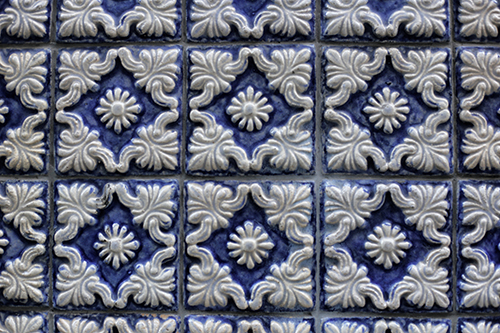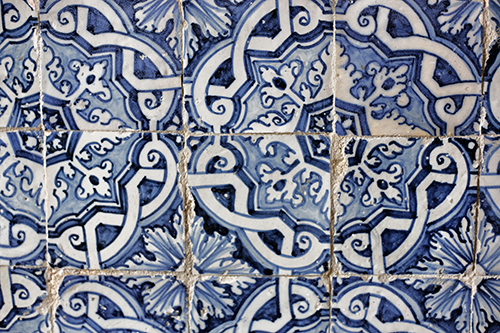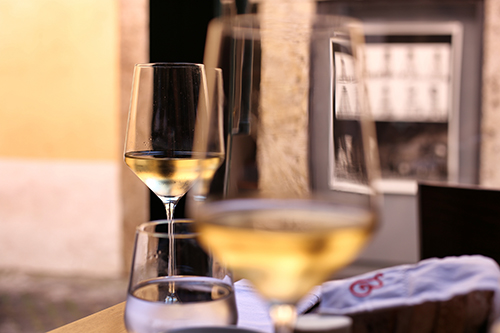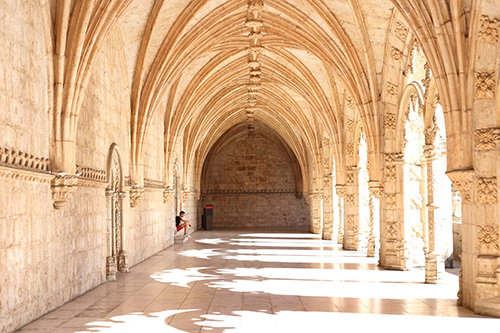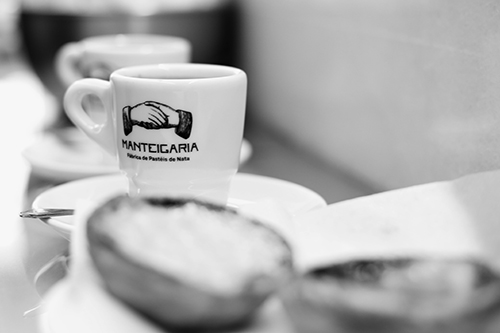Coming to Ecuador inspired me to read Charles Darwin’s On the Origin of Species. And at the end of his argument that evolution takes place through a process called natural selection, he writes:
“There is grandeur in this view of life, with its several powers, having been originally breathed by the Creator into a few forms or into one; and that, whilst this planet has gone cycling on according to the fixed law of gravity, from so simple a beginning endless forms most beautiful and most wonderful have been, and are being evolved.” On the Origin of Species, Charles Darwin, 1859
It is humbling and incredible to think that evolution encompasses all life for over 3 billion years. Although evolution is often pitted against creation, there is something wholly, not to be confused with ‘holy’, religious about the evolutionary process.
In a recent read of the “Evolution of God” by Robert Wright, Wright describes religion in many ways, but one that stuck with me was a definition developed by William James: religion consists of the belief that there is an unseen order, and that our supreme good lies in harmoniously adjusting ourselves thereto. Given our short lifespans, it does not seem a far stretch to call evolution an ‘unseen order’. And although a Lamarckian inheritance might be closer to us being able to conspicuously adjust ourselves to the evolutionary order, I view the Darwinian inheritance theory to be much more harmonious.
And harmoniously adjusting ourselves is a critical component to James’ definition. Being humble while adding to and protecting the world’s beauty is how I believe we can fit into the unseen order described by Darwin’s famous theory.

























